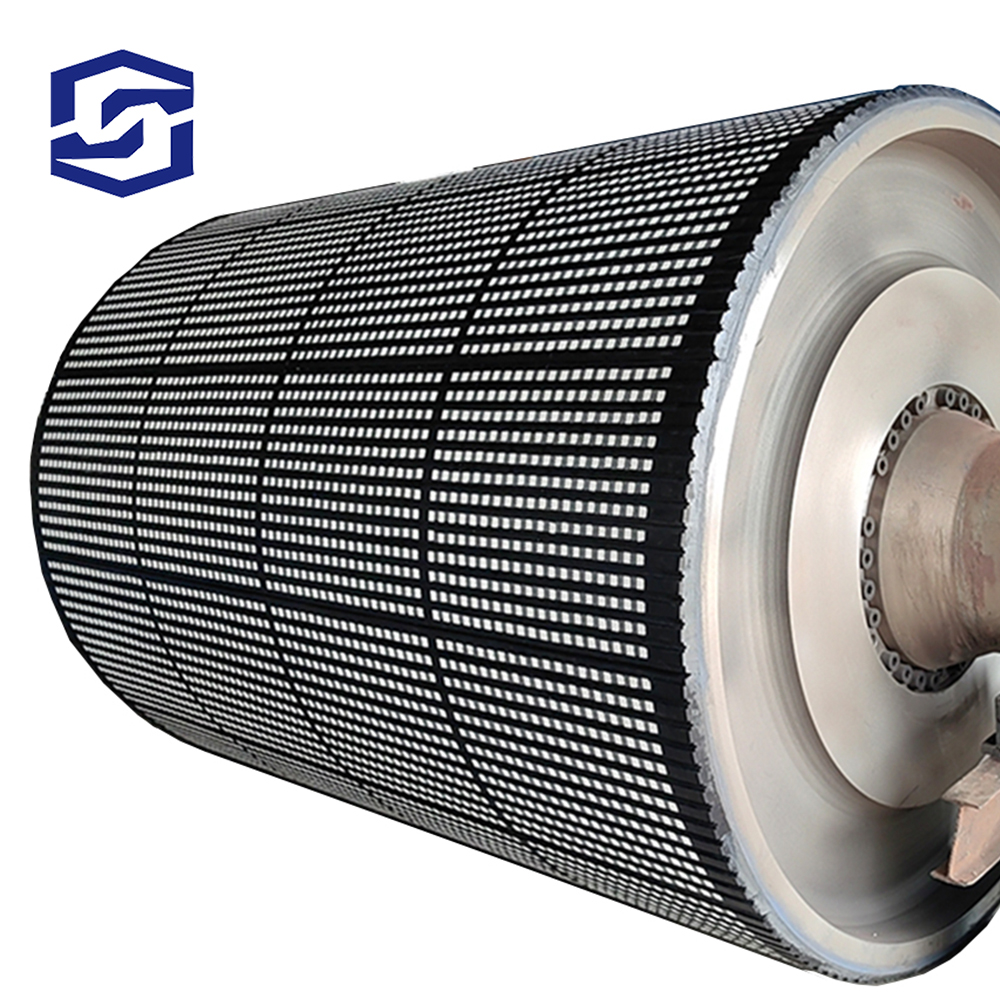With energy costs skyrocketing, everyone's on the lookout for ways to trim expenses and dodge hefty utility bills. Installing solar panels on your property might just be the smartest financial move you'll ever make. Harnessing solar energy provides greater autonomy from the national grid while offering long-term savings. While the initial investment can seem steep, the payback period is often surprisingly short. Before diving headfirst into solar, it’s crucial to understand what additional costs may arise beyond the upfront installation fee. Here's everything you need to consider before taking the plunge...  To ensure peak performance, solar panels require periodic maintenance and cleaning—costs that can add up over time. Unlike conventional energy setups, solar panel upkeep falls entirely on the homeowner. Annual inspections are recommended, along with professional cleaning at least once per year. Attempting DIY cleaning is risky; navigating rooftops can lead to costly mishaps. Professional servicing typically costs between $150-$300 annually depending on the size of your array. Despite these recurring expenses, well-maintained panels can last up to 25-30 years. Investing in battery storage further enhances self-sufficiency by allowing you to store excess energy generated during peak sunlight hours. Regularly check for obstructions like fallen leaves or bird droppings, as these can hinder efficiency. Light rainfall often suffices for minor cleaning, but thorough washes with tepid water may be necessary periodically. Keep tabs on your system’s output metrics to spot anomalies early. Falling branches or debris pose risks, so consider trimming nearby trees. Another potential expense? Hiring professionals to maintain clear pathways under ground-mounted arrays.  While solar panels are built tough, occasional repairs do happen—usually due to severe weather events or external impacts like falling objects. Fortunately, individual panel failures rarely affect the entire array, minimizing disruptions. Animals can also cause trouble; critters sometimes nest beneath panels, gnawing cables or damaging hardware. Installing protective barriers helps mitigate this risk while reducing fire hazards caused by accumulated debris. Most reputable manufacturers include warranties covering accidental damage or manufacturing defects. However, always review terms carefully before signing contracts. Unsure about coverage specifics? Reach out to our knowledgeable team for clarification.  Given the substantial cost of photovoltaic systems, insuring them makes perfect sense. Standard homeowner policies often extend coverage to rooftop installations, though additional premiums may apply. Opt for comprehensive plans safeguarding against natural disasters, vandalism, and theft. These policies typically cover replacement costs up to specified limits, providing peace of mind without breaking the bank.  Contrary to popular belief, adopting solar energy doesn't mean completely severing ties with traditional utilities. In most regions, hybrid models remain standard practice where solar complements grid-supplied power. Even so, expect ongoing charges like account maintenance fees, interconnection fees, and metering services. Many of these are billed monthly, making budgeting straightforward. On the bright side, solar users enjoy reduced dependency on fossil fuels alongside potential credits for surplus generation sent back to the grid.  Landscaping plays a critical role in managing ground-mounted systems. Overgrown vegetation near panels leads to shading, diminishing overall productivity. Herbicides or regular mowing keeps areas tidy, though caution must be exercised when introducing livestock. Goats have proven effective in certain rural settings, yet improper handling risks damaging sensitive components. Maintaining adequate clearance beneath arrays prevents pest infestations and ensures proper ventilation. The industry norm recommends leaving 2-4 feet of space below panels, accommodating smaller farm animals safely.  For those keen on maximizing savings and optimizing usage patterns, monitoring your solar setup is essential. Real-time tracking enables quick identification of inefficiencies or malfunctions before they escalate into major issues. Modern solutions integrate seamlessly with smartphones and computers, requiring stable internet connections for full functionality. Subscription-based platforms offer advanced analytics, helping fine-tune configurations based on seasonal variations.  By now, you’ve likely gathered sufficient insight to decide whether solar aligns with your goals. Although some hidden expenses exist, they pale compared to the cumulative benefits derived from clean, renewable energy. Still unsure about navigating the complexities involved? Our friendly advisors are here to guide you every step of the way. Let us help transform your home into a sustainable haven today! Roller Covered Ceramic Rubber Sheet ceramic rubber plate,belt conveyor roller covering ceramic rubber sheet,Roller covered ceramic rubber sheet,Wear resistant ceramic rubber sheet,ceramic rubber lagging Hebi Shuanglian Trading Co., Ltd. , https://www.slwearrubber.com
Maintenance and Cleaning Expenses
Repair & Replacement Costs
Insurance Premiums
Utility Provider Fees
Ground Installation Landscaping
Monitoring Systems
Is Solar Power Right For You?

Are There Any Hidden Solar Panel Charges?
Roller covered ceramic rubber sheet is a way of cold vulcanization of roller covering, the surface of the ceramic piece can play a non-slip role, to extend the service life of the conveyor belt roller, each piece of ceramic piece is spaced at a certain distance, which can make the roller on the discharge of foreign matter,gives the drum a unique self-cleaning feature that is especially suited to wet working environments.
The combination of ceramic and rubber sheet increases the wear resistance of rubber sheet,making our ceramic rubber sheets more durable and longer lasting than ordinary rubber sheets.
The CN layer on the back side acts as a super Adhesive, the ceramic rubber sheet is more effective when used with our Adhesive!
Due to the multiple performance advantages of ceramic rubber sheets, they are now widely used in belt conveyor rollers in coal mines, grain silos, iron and steel, chemical fertilisers, cement factories, power plants, harbours, wharves and many other industries.
If your belt conveyor roller equipment is not durable, come and have a look our ceramic rubber plate, you will have an efficient, stable and environmentally friendly conveying solution. Our ceramic rubber sheet is not only a product, but also a powerful assistant for you to improve the competitiveness of your enterprise and achieve industrial upgrading.
Come and contact us to start your excellent conveying journey and make the future production road smooth and unobstructed!
